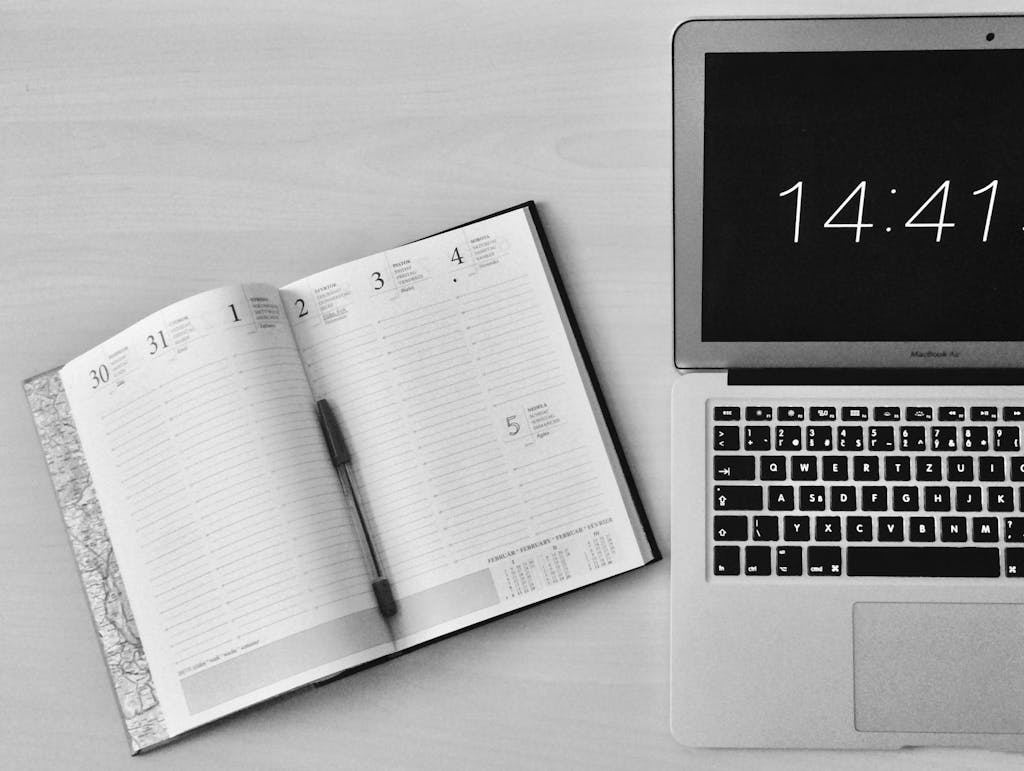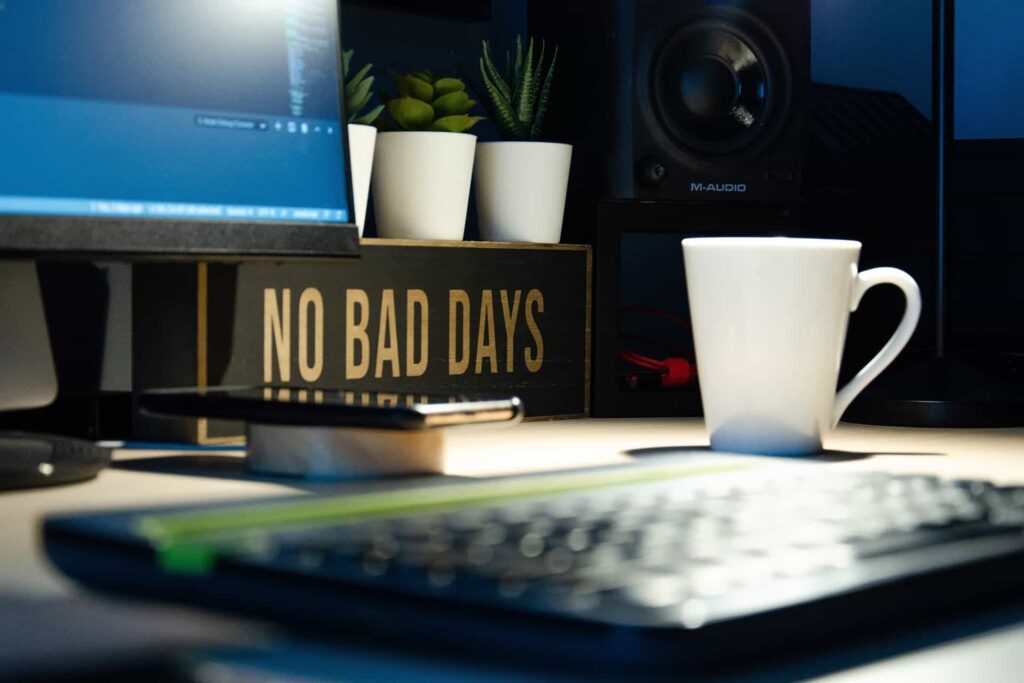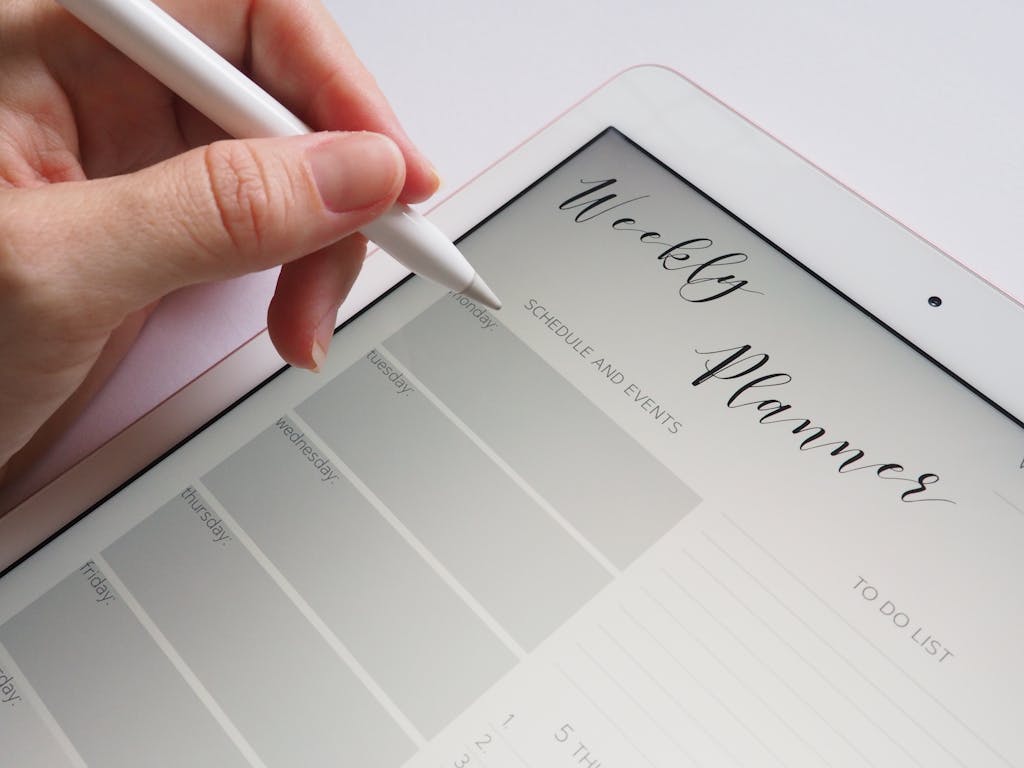How to Create a Productivity Plan for the Year: A Step-by-Step Guide
Achieving success and maintaining efficiency throughout the year requires a well-structured productivity plan. Without a clear roadmap, it’s easy to become overwhelmed, distracted, and ultimately unproductive. Whether you’re an entrepreneur, a student, or a professional, a productivity plan ensures that you stay on track, meet your goals, and make the most out of your time.
This guide will provide a deep dive into crafting an effective productivity plan for the year. We’ll cover essential strategies, goal-setting frameworks, scheduling methods, productivity tools, habit-building techniques, and ways to maintain motivation throughout the year. By the end, you’ll have a comprehensive plan tailored to your specific needs.
Step 1: Define Your Goals for the Year
The Power of Goal Setting
Before you create a productivity plan, you need to establish clear goals. Setting well-defined goals gives you a sense of direction and motivation. Without them, you might find yourself constantly busy but not necessarily productive.
How to Set SMART Goals
A popular and effective framework for goal setting is the SMART method:
- Specific – Define exactly what you want to achieve.
- Measurable – Ensure your goal can be tracked and measured.
- Achievable – Make sure it’s realistic based on your resources and time.
- Relevant – Align it with your long-term objectives.
- Time-bound – Set a deadline to create urgency.

Long-Term vs. Short-Term Goals
It’s important to distinguish between long-term and short-term goals. Long-term goals provide overall direction, while short-term goals help you achieve incremental progress. Breaking down large objectives into smaller tasks makes them more manageable and reduces the risk of feeling overwhelmed.
Example Goals:
- Increase productivity by reducing social media use by 50%.
- Complete an online certification course in six months.
- Read 12 self-improvement books within the year.
- Exercise for 30 minutes five days a week.
- Improve time management by following a structured daily routine.
Common Mistakes in Goal Setting
- Setting unrealistic or vague goals.
- Failing to track progress.
- Not breaking down long-term goals into actionable steps.
- Lacking flexibility to adjust goals when necessary.
Step 2: Break Down Goals into Manageable Milestones
Why Milestones Are Important
Large goals can feel overwhelming, leading to procrastination. Breaking them into smaller milestones makes them more manageable and provides a sense of accomplishment along the way.
Creating Milestones
- Identify the major steps needed to reach your goal.
- Set monthly or quarterly progress checkpoints.
- Celebrate small wins to stay motivated.
- Adjust your plan based on feedback and progress tracking.
Example: If your goal is to write a book by the end of the year, your milestones could be:
- Month 1: Outline the book.
- Months 2-4: Write the first draft.
- Months 5-6: Edit and refine the manuscript.
- Months 7-8: Get feedback from beta readers.
- Month 9: Finalize and prepare for publishing.


Step 3: Develop a Daily and Weekly Routine
The Importance of a Routine
A well-structured routine is key to maintaining productivity. Instead of relying on motivation, which fluctuates, routines create consistency and efficiency.
Elements of a High-Productivity Routine
- Morning Routine: Start your day with activities that energize you, such as exercise, journaling, or meditation.
- Work Blocks: Use focused work sessions with scheduled breaks.
- Evening Routine: Reflect on your day, review your progress, and plan for the next day.
- Weekend Planning: Review accomplishments and set priorities for the upcoming week.
Implementing the Pomodoro Technique
The Pomodoro Technique involves working in 25-minute intervals with 5-minute breaks in between. This method enhances concentration, prevents burnout, and improves efficiency.
Additional Productivity Hacks
- Try time-blocking to allocate specific periods for different tasks.
- Limit meetings and set clear agendas.
- Use automation tools to handle repetitive tasks.
Step 4: Leverage Productivity Tools
Why Productivity Tools Matter
Technology can enhance productivity by streamlining task management, communication, and time tracking.
Best Productivity Tools for Different Needs
- Task Management: Todoist, Microsoft To Do, ClickUp.
- Time Tracking: Toggl, RescueTime.
- Note-Taking: Evernote, Notion.
- Distraction Blocking: Freedom, Cold Turkey.
- Calendar Management: Google Calendar, Fantastical.
- Habit Tracking: Habitica, Streaks.
Using the right tools ensures you stay on top of your responsibilities without feeling overwhelmed.
How to Choose the Right Tools
- Consider ease of use and integration with other apps.
- Test different tools before committing.
- Ensure they align with your workflow and personal habits.
Step 5: Eliminate Distractions and Optimize Focus
Identifying Distractions
Common distractions include social media, excessive notifications, and multitasking. Recognizing your biggest time-wasters allows you to take control of your productivity.
Strategies to Reduce Distractions
- Use website blockers during work hours.
- Set your phone to “Do Not Disturb.”
- Work in a clutter-free environment.
- Batch-check emails instead of responding instantly.
- Implement deep work sessions by blocking off distraction-free time.
Step 6: Monitor Progress and Adjust Your Plan
Why Progress Tracking is Essential
Tracking progress ensures that you stay aligned with your goals and allows you to make necessary adjustments.
How to Review Your Productivity Plan
- Daily: Reflect on accomplishments and challenges.
- Weekly: Adjust your schedule based on priorities.
- Monthly: Evaluate progress towards milestones.
- Quarterly: Make necessary changes to long-term goals.
Best Tools for Tracking Progress
- Use a planner or bullet journal.
- Track key metrics using spreadsheets.
- Utilize habit-tracking apps.
- Conduct a weekly or monthly self-review.
Step 7: Maintain Motivation and Avoid Burnout
Staying Motivated Throughout the Year
- Set rewards for achieving milestones.
- Find an accountability partner.
- Change your work environment when needed.
- Take breaks and prioritize self-care.
Preventing Burnout
- Avoid overloading your schedule.
- Practice mindfulness and relaxation techniques.
- Maintain a healthy work-life balance.
Conclusion
Creating a productivity plan for the year ensures that you stay focused, efficient, and goal-oriented. By setting clear objectives, breaking them into manageable steps, developing a structured routine, leveraging productivity tools, and minimizing distractions, you can maximize your efficiency and accomplish more in less time.
Start implementing these steps today, and take control of your productivity for the year ahead!









